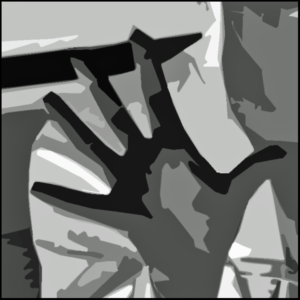Comfortable in Ambiguity

Comfortable in Ambiguity (Source: Geo Davis)
Shout-out to Frank Bruni (@frankbruni) whose recent New York Times op-ed “The Most Contrarian College in America ” offered a timely glimpse into my postgraduate alma mater (and gateway into teaching), St. John’s College (@stjohnscollege).
I concur with my sister, Victoria (English teacher at the Out-of-Door Academy in Sarasota, Florida) a special affection for two of Bruni’s turns of phrase.
If digital devices and social media yank people from one trumpet blast to the next, St. John’s trains them to hold a note — to caress it, pull at it, see what it can withstand and what it’s worth. (Source: The Most Contrarian College in America , The New York Times)
Amen! If only we could graft this aptitude and appetite onto younger generations… Instead it must be awakened, cultivated, encouraged. This is indeed one of the most critical and neglected challenges of today’s educators.
And Bruni hit the nail on the head here as well:
The third dynamic was their humility. They weren’t wedded to their initial opinions. They weren’t allowed to be. And they moved not toward the best answer but toward better questions. (Source: The Most Contrarian College in America , The New York Times)
Let us all renew our quests for better questions (and more probing, more curious, more humble questioning) instead of grasping prematurely for half-baked answers; let us nibble back Procrustean assumptions and comfortable convictions with inquisitive, insatiable wonder. Please?




